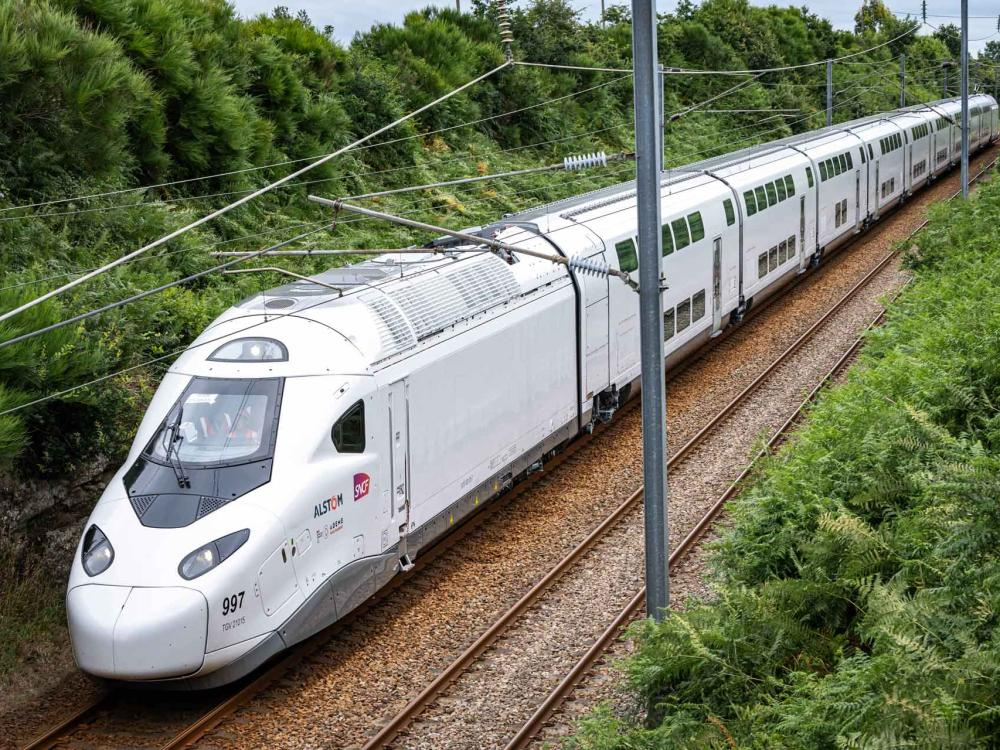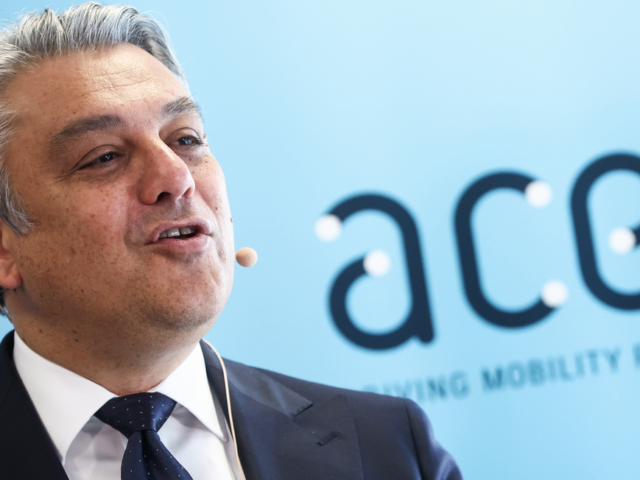
SNCF’s new high-speed train officially presented

SNCF has officially unveiled the TGV M, its train of the future /SNCF
French public railways SNCF has presented the new TGV train, the so-called 'train of the future' expected for the second half of 2025. The t


Comments
Ready to join the conversation?
You must be an active subscriber to leave a comment.
Subscribe Today